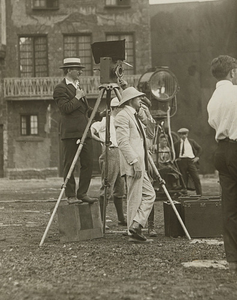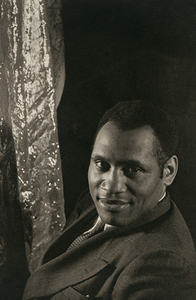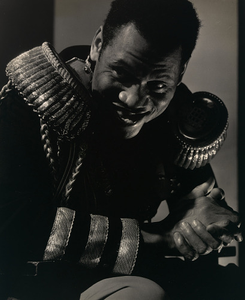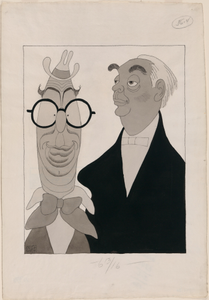Description
Quentin Tarantino is a filmmaker, screenwriter, and producer whose films exemplify pastiche—a key element of postmodern style—and anticipate remix culture. An outspoken and irreverent director, Tarantino grew up immersed in the film, music, and television of the 1970s, from Bruce Lee to Soul Train. Many of his films are stylish revenge narratives that combine elements of martial arts and blaxploitation films, biker films, and B movies. In an innovative move, Tarantino often writes scripts featuring cool, violent female protagonists on a quest for security, revenge, or redemption (Pam Grier in Jackie Brown [1997], Uma Thurman in Kill Bill [2003–4], the women in Death Proof [2007]). These films rarely indulge in social commentary. His style is his substance: Tarantino speaks the grammar of violence ingrained in American cinema, but by transgressing genre boundaries, he creates jarring, nonlinear narratives, as in Pulp Fiction (1994). His pulp thrillers suggest that the American collective unconscious is shot through with pop-cultural imagery awaiting interpretation.
Image
Archival Pigment Print
National Portrait Gallery, Smithsonian Institution; gift of Brigitte Lacombe
Record Contributed By
National Portrait GalleryRecord Harvested From
Smithsonian InstitutionKeywords
- Director
- Entertainers
- Lacombe, Brigitte
- Male
- Men
- Motion Pictures
- Performing Arts
- Portrait
- Portraits
- Quentin Tarantino
- Tarantino, Quentin





















